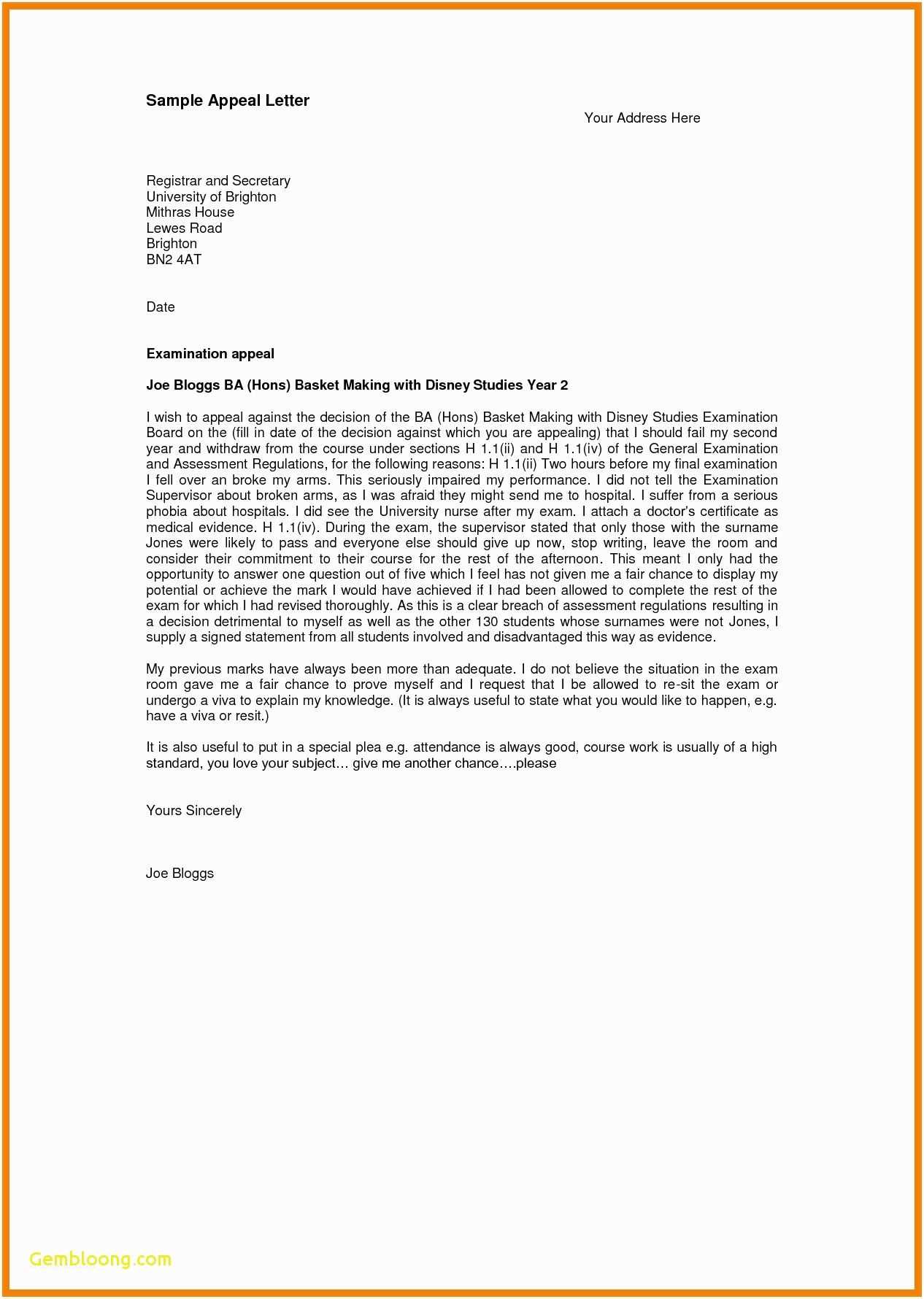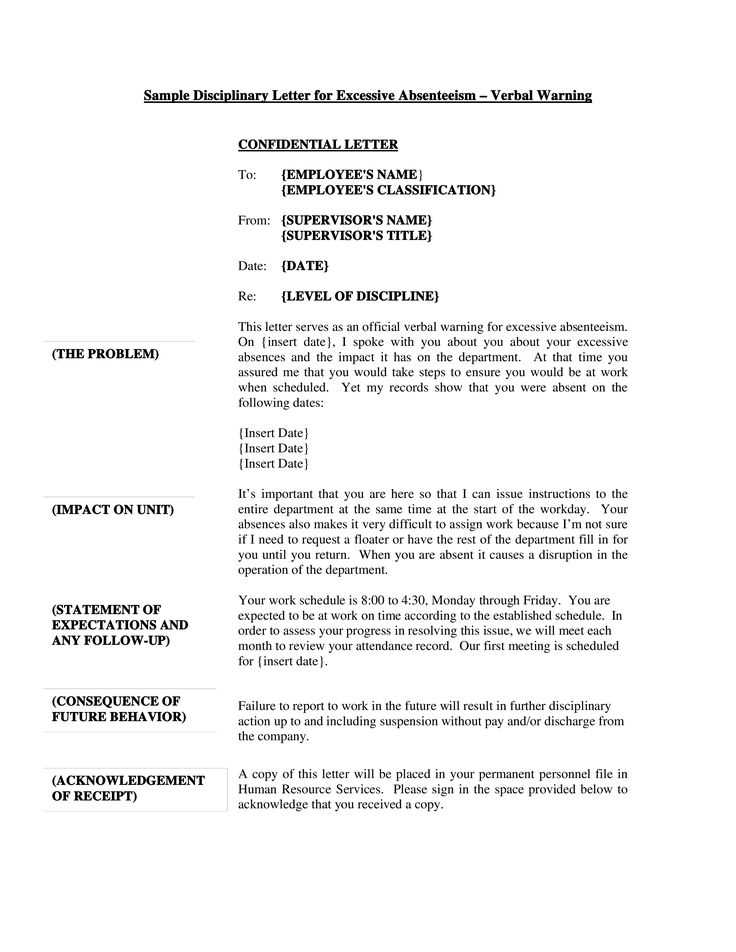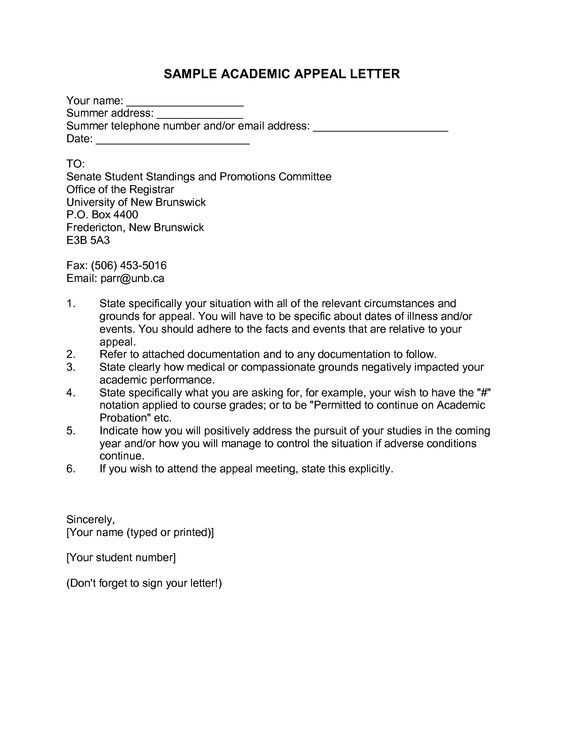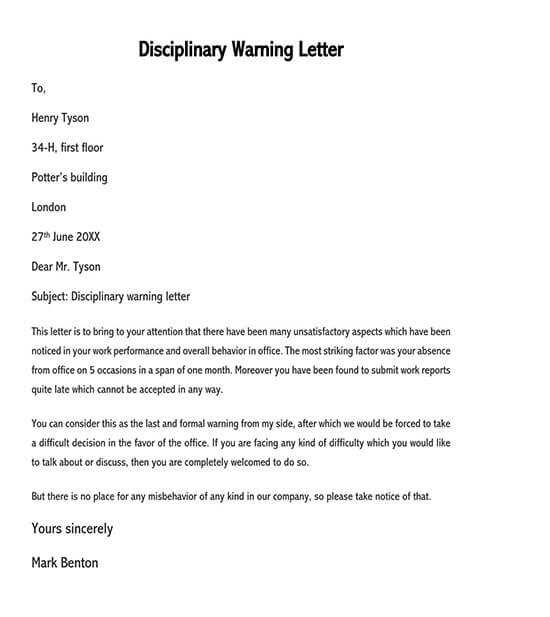Disciplinary appeal letter template

Structure of Your Appeal Letter
Begin your appeal letter with a clear and direct statement of your intent. Mention that you’re submitting the letter as part of the disciplinary appeal process. Keep your tone respectful, but confident.
Key Components

- Address the Appropriate Person: Direct your letter to the supervisor or HR representative handling the case.
- Provide Your Information: Include your full name, employee ID (if applicable), and department.
- Explain the Situation: Outline the incident that led to the disciplinary action. Stick to the facts and avoid emotional language.
- State Your Appeal: Clearly express why you believe the disciplinary action was unjust or inappropriate.
- Request for Reconsideration: Politely ask for a review of the decision, stating what outcome you are seeking.
Sample Appeal Letter
Below is a simple template to guide you in drafting your disciplinary appeal letter:
[Your Name] [Your Position] [Date] [Supervisor’s Name] [Company Name] [Company Address] Dear [Supervisor’s Name], I am writing to formally appeal the disciplinary action taken against me on [date]. I believe that the decision made was not fully reflective of the circumstances surrounding the incident. I would like to respectfully request a reconsideration of this action. The incident in question occurred on [briefly describe the situation]. While I understand the decision made, I feel that [state your reason for appeal, such as misunderstanding, lack of evidence, or mitigating circumstances]. I kindly ask that you review the facts of the situation and consider the possibility of [state the desired outcome, such as reversal of the disciplinary action, reduction of penalty, or another resolution]. Thank you for taking the time to review my appeal. I am confident that upon further consideration, a fairer decision will be reached. Sincerely, [Your Full Name] [Employee ID]
Tips for Writing Your Appeal
- Be Specific: Focus on the details of the incident and provide any supporting evidence you have.
- Maintain Professionalism: Even if you feel upset, keep your tone calm and constructive.
- Proofread: Ensure your letter is clear, concise, and free of any spelling or grammar mistakes.
Disciplinary Appeal Letter Template
How to Structure Your Appeal
Key Components to Include
Common Mistakes to Avoid
How to Address the Recipient
When to Submit the Appeal
What to Expect After Submission

Begin with a clear subject line that directly reflects the purpose of the letter. For example, “Appeal of Disciplinary Action – [Your Name]”. This ensures the recipient understands the intent immediately.
How to Structure Your Appeal
Start by stating your intention clearly: you’re appealing the disciplinary action. Mention the specific action or decision you’re challenging. Next, briefly describe your understanding of the situation, followed by the key reasons you believe the disciplinary decision should be reconsidered. Keep your tone respectful and factual. Conclude by stating your desired resolution or outcome, such as a review or reversal of the decision.
Key Components to Include

- Identification Details: Include your name, position, and any reference numbers related to the disciplinary action.
- Explanation of the Situation: Clearly explain what happened, why you believe the action was unjust, and provide supporting evidence if possible.
- Impact Statement: Describe how the disciplinary decision has affected you, whether professionally or personally.
- Request for Resolution: Be specific about what action you would like to be taken (e.g., reconsideration, a meeting, or a reduced penalty).
- Closing: Thank the recipient for their time and consideration and express hope for a fair review.
Common Mistakes to Avoid
- Don’t be overly emotional or defensive. Stay calm and objective.
- Avoid using vague language. Be clear about the reasons for your appeal and what outcome you’re seeking.
- Do not omit important details. Ensure all relevant information is included to support your case.
How to Address the Recipient: Begin with a formal greeting, such as “Dear [Recipient’s Name or Title].” If you’re unsure of the name, use “To whom it may concern.”
When to Submit the Appeal: Submit your appeal promptly after receiving the disciplinary notice. Many organizations have a strict timeline for appeals, so act quickly to ensure your letter is considered.
What to Expect After Submission: Expect an acknowledgment of receipt within a few days. The review process may take time, and you might be called for further discussions or a meeting. Keep communication lines open and be ready to provide additional information if requested.